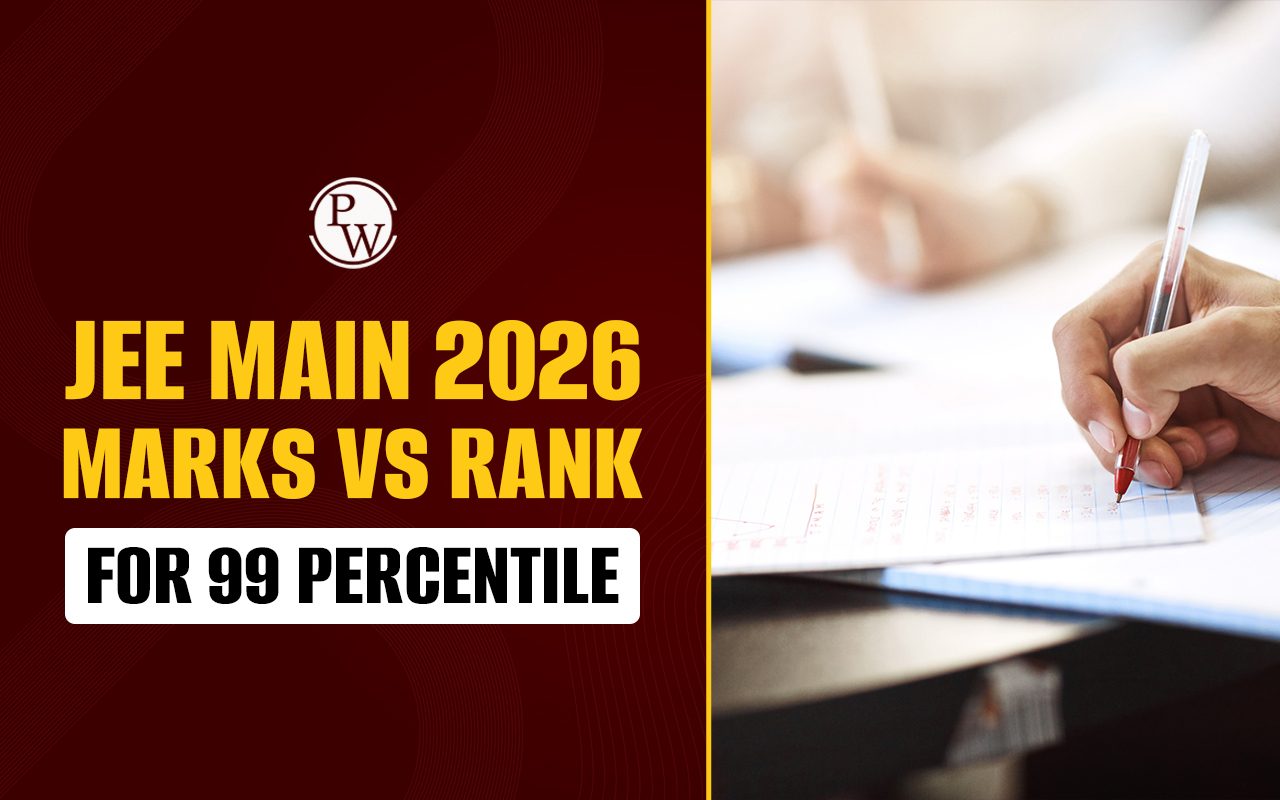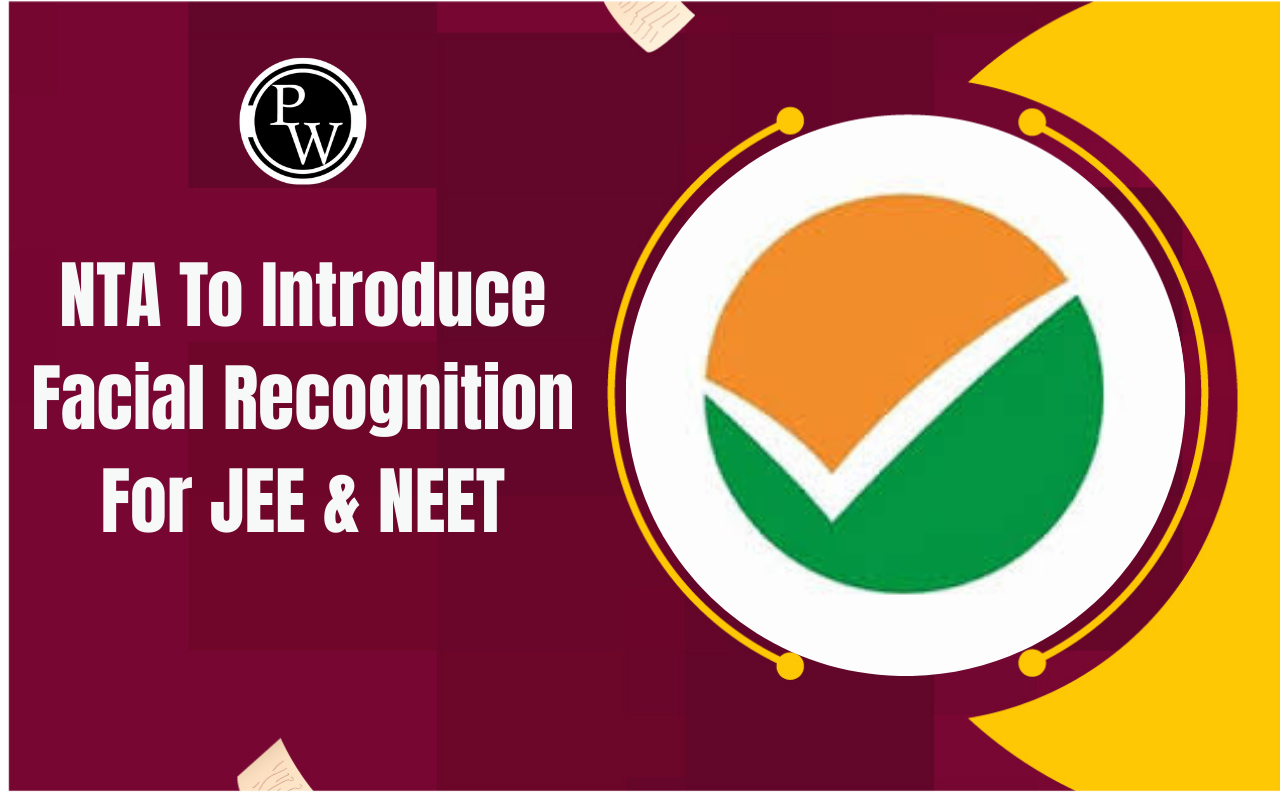
First Equation of Motion : The basic quantities of motion such as displacement, velocity, acceleration, and time of an object can be described using the equations of motion. Here, let us discuss the derivations of the equations of motion and find the displacement in the nth second using the equations of motion.
First Equation of Motion
A velocity-time graph of a uniformly accelerated object is given below.
In the figure, the velocity of the object at times t 1 and t 2 are u and v respectively. The time interval for the motion is, t = t 2 – t 1 . Here u is the initial velocity and v is the final velocity. We know that the slope of a velocity-time graph will give us the object's acceleration.
Hence, we can find the slope here.
Slope = a = (v-u)/(t 2 – t 1 ).
|
v = u + at |
i.e.,
This is the first equation of motion.Second Equation of Motion
Second Equation of Motion : From the above figure, we can find the displacement of the object by finding the area under the graph. Here,
Displacement, s = Area of the trapezium ABDE
s = 1 2 × sum of parallel sides x perpendicular height
s = 1 2 × (v + u) t
But we know that v = u + at. Substituting the value for v, we get,|
s = ut + 1 2 at 2 |
Third Equation of Motion
Third Equation of Motion : From the above figure, we can find the displacement of the object by finding the area under the graph. Here,
Displacement, s = Area of the trapezium ABDE s =
s =
× (v + u)
s =
|
v 2 = u 2 +2as |
Equations of motion using Calculus
We know,Equation of a freely falling object : For a freely falling object, the value of acceleration will be acceleration due to gravity (g) and the initial velocity will zero and displacement will be equal to the height covered.
i.e., a = g, u = 0 and s = h. Then the three equations of motion will take the forms,v = gt
h =
gt
2
Equation of Motion Examples
Q.1. A particle having initial velocity 10 m/s moves with a constant acceleration 5 ms –2 , for a time 15 second along a straight line, what is the displacement of the particle in the last 2 second?
t = 13 to 15 sec in 2 sec
Ans.
Q.2: A particle moving with a uniform acceleration travels 24 m and 64 m in the first two consecutive intervals of 4 sec each. Its initial velocity is:
1. 1m/sec 2. 10m/sec 3. 5m/sec 4. 2m/sec
Ans: A → B
24 = 4 u + 8 a
6 = u + 2 a
B → C ….. (i)
24 + 64 = 4(8) +
a
× 8
2
88 = 8 u + 32 a
11 = u + 4 a
Eqn (i) and (ii)
u = 1 m / s
Q.3. The initial velocity of a particle is 10 m/s retardation is 2 m/s². The distance covered in the fifth.
second of the motion will be:
Ans. u = 10 m/s;
a = –2 m/s 2
Displacement
Equation of Motion FAQs
Q.1: What is the first equation of motion?
Q.2: What is the slope of a v-t graph
Q.3: What is the second equation of motion?
Q.4: What is the area under the v-t graph?










